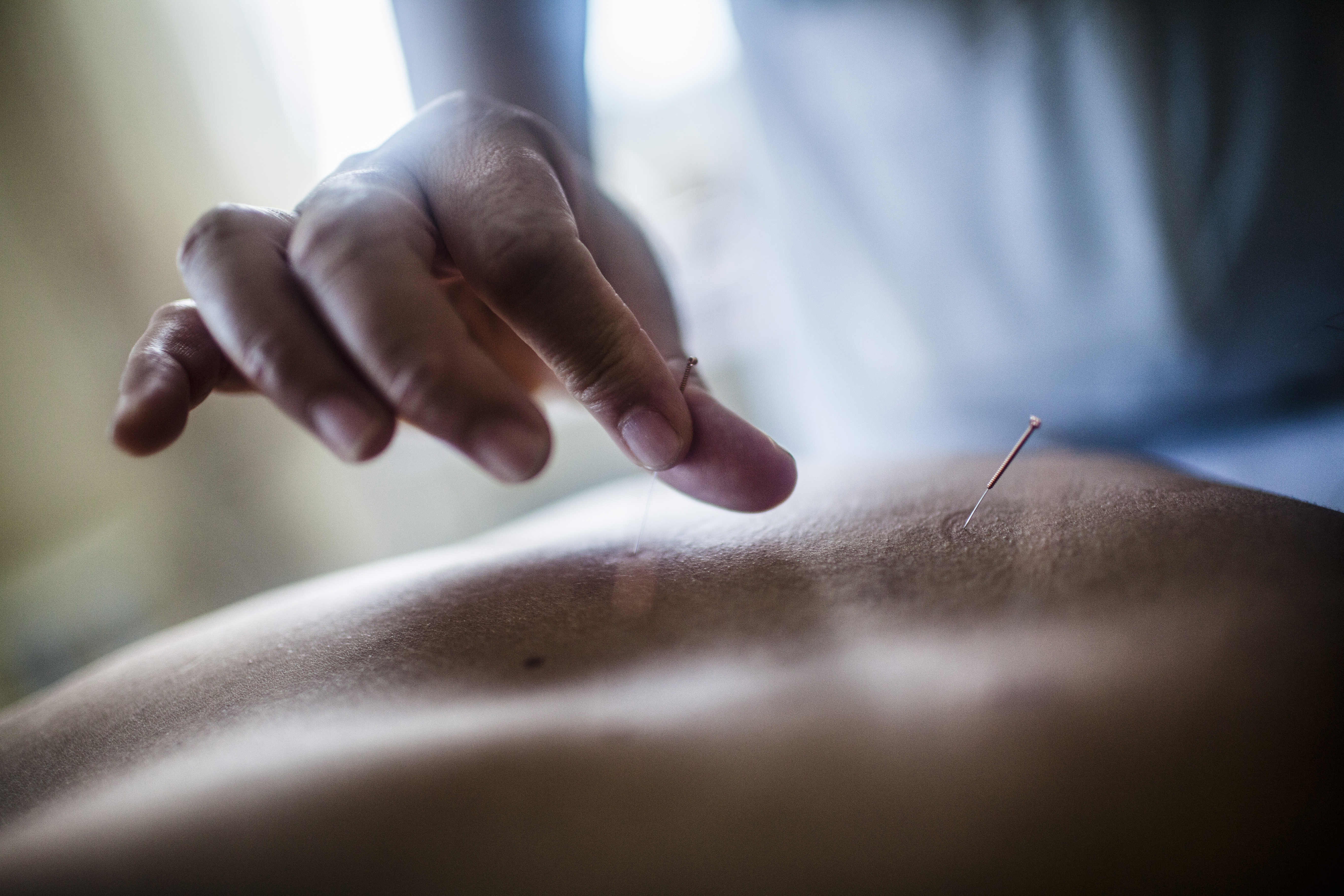11 Simple Lifestyle Tweaks for Managing Arthritis Pain Without More Pills
Arthritis is a pervasive condition that affects millions worldwide, characterized by inflammation and stiffness in the joints. With over 100 different types, the most common forms include osteoarthritis and rheumatoid arthritis. While medication is a common route for managing symptoms, many are seeking alternative methods to alleviate pain without increasing their reliance on pharmaceuticals. This comprehensive guide explores 11 effortless changes that can significantly ease arthritis pain, drawing on the latest research and expert recommendations. By understanding these methods, individuals can find relief and improve their quality of life while minimizing medication use.
1. The Role of Diet in Managing Arthritis

Diet plays a crucial role in managing arthritis symptoms. Anti-inflammatory foods, such as fatty fish rich in omega-3 fatty acids, can help reduce joint inflammation. Incorporating a variety of fruits and vegetables, particularly those high in antioxidants, can also combat oxidative stress in the body. Conversely, reducing the intake of processed foods and sugars can prevent exacerbation of symptoms. Research suggests that a Mediterranean diet, which emphasizes whole grains, lean proteins, and healthy fats, can be particularly beneficial for arthritis sufferers. By making mindful dietary choices, individuals can significantly impact their pain levels and overall joint health.
2. Importance of Regular Physical Activity

Exercise is often feared by those with arthritis due to the misconception that it may worsen pain. However, regular physical activity is essential for maintaining joint function and reducing stiffness. Low-impact exercises, such as swimming, cycling, and walking, are particularly effective. Engaging in activities that promote flexibility, like yoga or tai chi, can also enhance mobility and ease discomfort. Exercise strengthens the muscles around the joints, providing better support and reducing the burden on the joints themselves. By integrating regular physical activity into daily routines, individuals can experience a marked reduction in arthritis pain and improved physical capabilities.
3. Weight Management and Its Impact

Maintaining a healthy weight is critical for arthritis management. Excess weight places additional stress on weight-bearing joints, such as the hips and knees, exacerbating pain and accelerating joint damage. Studies have shown that even modest weight loss can lead to significant improvements in pain levels and joint function. Achieving and maintaining a healthy weight involves a combination of balanced eating and regular exercise. By focusing on sustainable lifestyle changes rather than quick fixes, individuals can achieve long-term benefits. Weight management not only alleviates arthritis symptoms but also reduces the risk of other health complications.
4. The Power of Mindfulness and Stress Reduction

Stress can exacerbate arthritis symptoms, leading to increased pain and inflammation. Mindfulness practices, such as meditation and deep breathing exercises, can help manage stress levels effectively. These practices promote a state of relaxation and can decrease the perception of pain. Additionally, engaging in activities that bring joy and relaxation, such as reading, gardening, or listening to music, can contribute to stress reduction. By incorporating mindfulness techniques into daily life, individuals can better manage their emotional response to pain and improve their overall sense of well-being.
5. Benefits of Heat and Cold Therapy

Heat and cold therapy are simple, yet effective methods for alleviating arthritis pain. Heat therapy, through warm baths or heating pads, can relax tense muscles and increase blood flow to affected areas, reducing stiffness. Cold therapy, using ice packs or cold compresses, can numb sharp pain and decrease swelling. It is important to apply these therapies correctly to avoid skin damage. Alternating between heat and cold can also be beneficial, depending on the nature of the pain. These therapies offer immediate relief and can be easily integrated into daily routines.
6. Exploring the Potential of Acupuncture

Acupuncture, a traditional Chinese medicine practice, has gained recognition for its potential in relieving arthritis pain. By inserting thin needles into specific points on the body, acupuncture can stimulate nerves, muscles, and connective tissues. This stimulation can boost the body’s natural painkillers and increase blood flow, reducing pain and inflammation. Several studies have shown positive outcomes in arthritis patients who undergo regular acupuncture sessions. While it may not be a standalone solution, acupuncture can be a valuable component of a comprehensive arthritis management plan, offering relief without the side effects associated with medication.
7. The Use of Assistive Devices

Assistive devices can significantly improve the quality of life for those with arthritis by reducing strain on the joints. Tools such as jar openers, ergonomic kitchen utensils, and dressing aids can make daily tasks easier and less painful. Mobility aids like canes or walkers can provide additional support and stability. It is important to choose devices that are appropriate for individual needs and to learn how to use them correctly. Consulting with an occupational therapist can provide valuable guidance in selecting and using assistive devices effectively, helping to maintain independence and reduce pain.
8. Incorporating Massage Therapy

Massage therapy can be a soothing and effective way to manage arthritis pain. It involves manipulating the muscles and soft tissues, which can improve circulation, reduce muscle tension, and promote relaxation. Research indicates that regular massage sessions can lead to significant reductions in pain and improvements in joint function. Different types of massage, such as Swedish, deep tissue, or trigger point therapy, offer various benefits. It is important to work with a trained therapist who understands the specific needs of arthritis patients. Massage therapy can be a valuable addition to a holistic arthritis management plan.
9. Utilizing Herbal Supplements

Herbal supplements have been used for centuries to alleviate pain and inflammation. Popular supplements for arthritis include turmeric, ginger, and boswellia, all known for their anti-inflammatory properties. Omega-3 supplements, derived from fish oil, are also beneficial in reducing joint stiffness and pain. It is crucial to consult with a healthcare provider before starting any supplement regimen, as interactions with medications can occur. When used appropriately, herbal supplements can complement other arthritis management strategies, offering additional relief from pain and inflammation.
10. Adopting Ergonomic Practices

Ergonomics involves designing workspaces and using tools that promote proper posture and reduce strain on the body. For arthritis sufferers, adopting ergonomic practices can prevent unnecessary stress on the joints. This may involve adjusting the height of chairs and desks, using supportive cushions, and ensuring that frequently used items are within easy reach. Ergonomic keyboards and mice can reduce strain on the hands and wrists. By creating an environment that supports joint health, individuals can perform daily tasks more comfortably and reduce the risk of exacerbating arthritis symptoms.
11. Importance of Sleep and Rest

Adequate sleep and rest are vital for managing arthritis pain. Sleep allows the body to repair and rejuvenate, reducing inflammation and pain. Poor sleep quality can lead to increased sensitivity to pain and decreased ability to cope with symptoms. Establishing a regular sleep routine, creating a comfortable sleep environment, and practicing good sleep hygiene can improve sleep quality. It is also important to listen to the body and allow for rest periods throughout the day, particularly during flare-ups. By prioritizing sleep and rest, individuals can enhance their ability to manage arthritis pain effectively.
Managing arthritis pain without increasing medication requires a holistic approach that encompasses lifestyle changes, alternative therapies, and support systems. By exploring and integrating these effortless changes, individuals can experience significant improvements in their pain levels and overall quality of life. While each person’s journey with arthritis is unique, the strategies outlined in this guide provide a comprehensive framework for managing symptoms naturally. Embracing a proactive and informed approach can empower individuals to take control of their health and live more comfortably with arthritis.